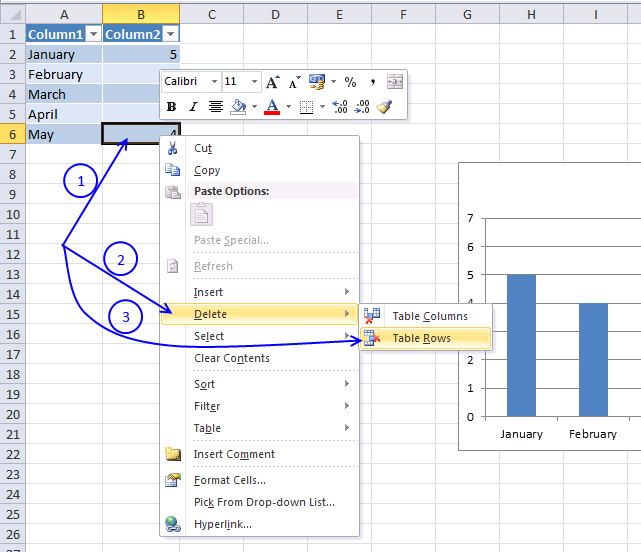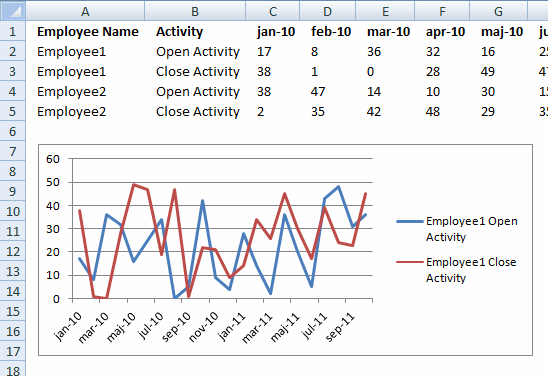

And when you enter new values after the data, the named range will automatically adjust and the created formula will be also changed as well. In the Create Table prompt box, check My table has headers (if the range do not have headers, uncheck it), click OK button, and the range data has been converted to table. Select the range and click Insert > Table, see screenshot:ģ. At the same time, I create a formula =sum(Saleprice) in a blank cell, see screenshot:Ģ. To define a name for range B1:B6 as Saleprice with the same way. Select the range A1:A6 and enter the name Date into the Name Box, then press Enter key. Firstly, I will define range names for this range. Let’s say, you have a range of following data which need to become dynamic named range.ġ. If you are using Excel 2007 or later versions, the easiest way to create a dynamic named range is to create a named Excel table.
#Create a dynamic chart in excel for mac with name manager pdf
Split Tools: Split Data into Multiple Sheets Based on Value One Workbook to Multiple Excel, PDF or CSV Files One Column to Multiple Columns.Merge Tools: Multiple Workbooks and Sheets into One Merge Multiple Cells/Rows/Columns Without Losing Data Merge Duplicate Rows and Sum.More than 20 text features: Extract Number from Text String Extract or Remove Part of Texts Convert Numbers and Currencies to English Words.Reuse Anything: Add the most used or complex formulas, charts and anything else to your favorites, and quickly reuse them in the future.

Kutools for Excel Solves Most of Your Problems, and Increases Your Productivity by 80%


 0 kommentar(er)
0 kommentar(er)
